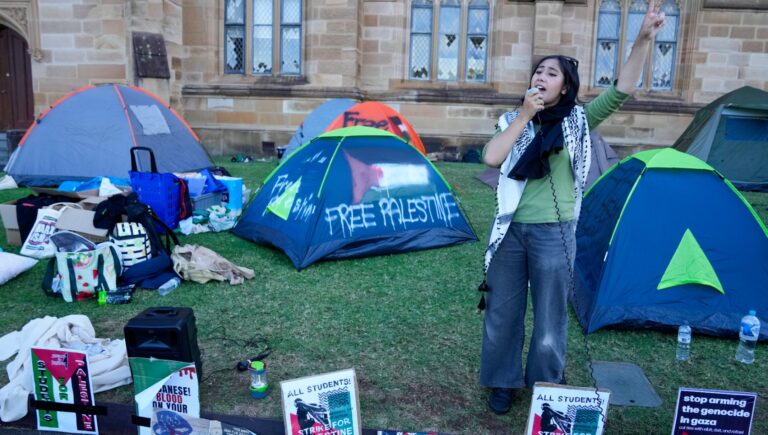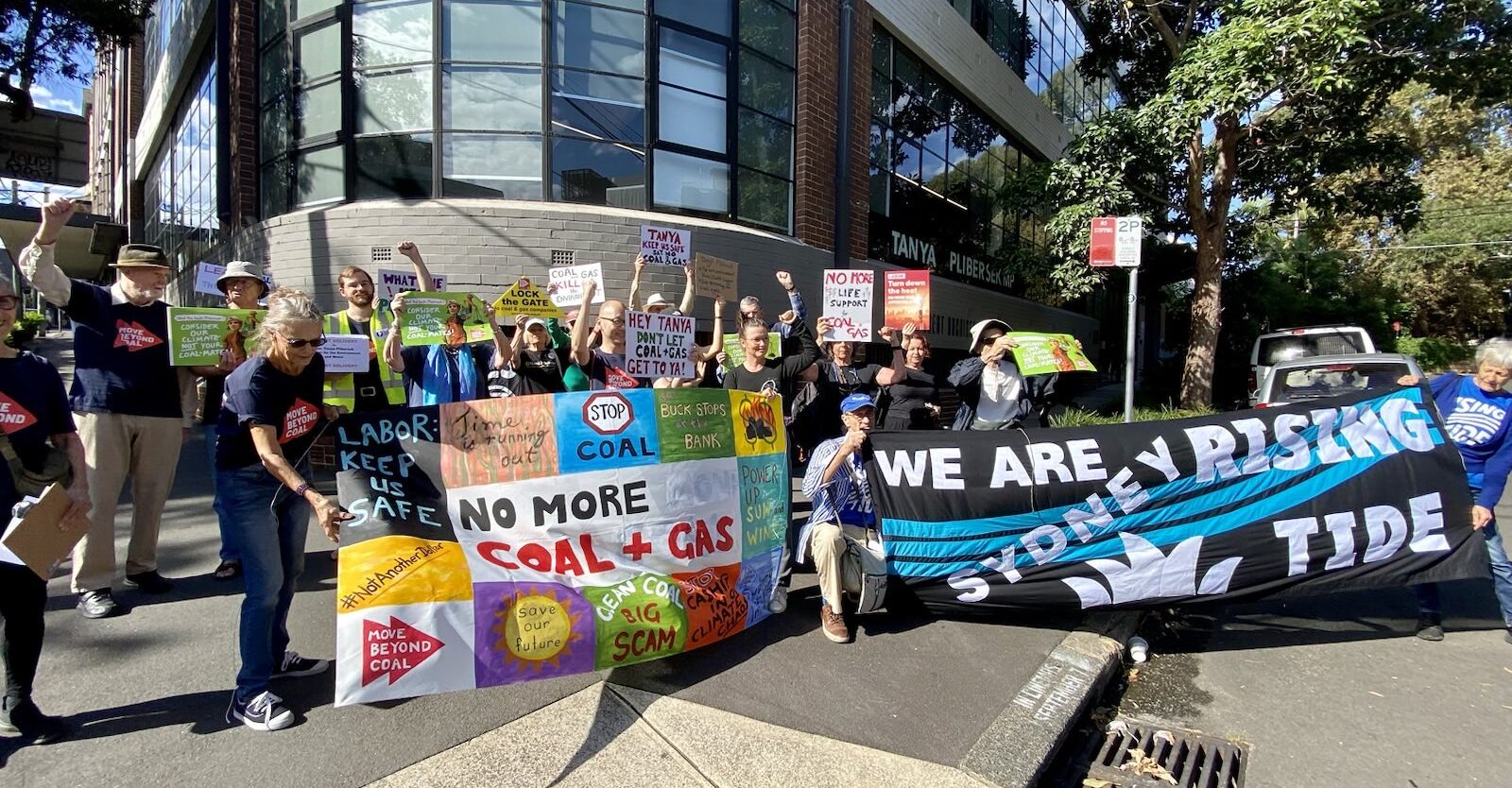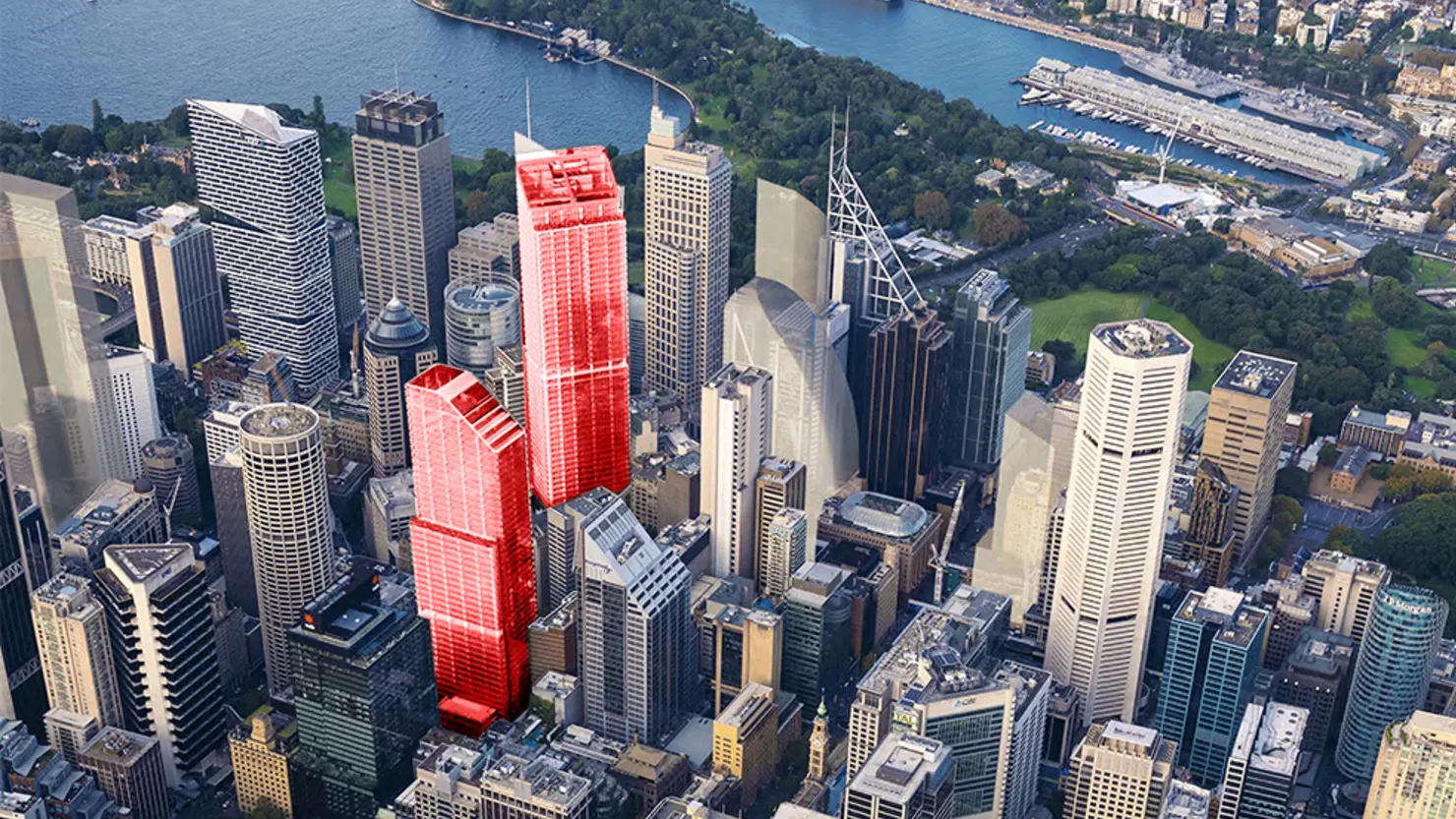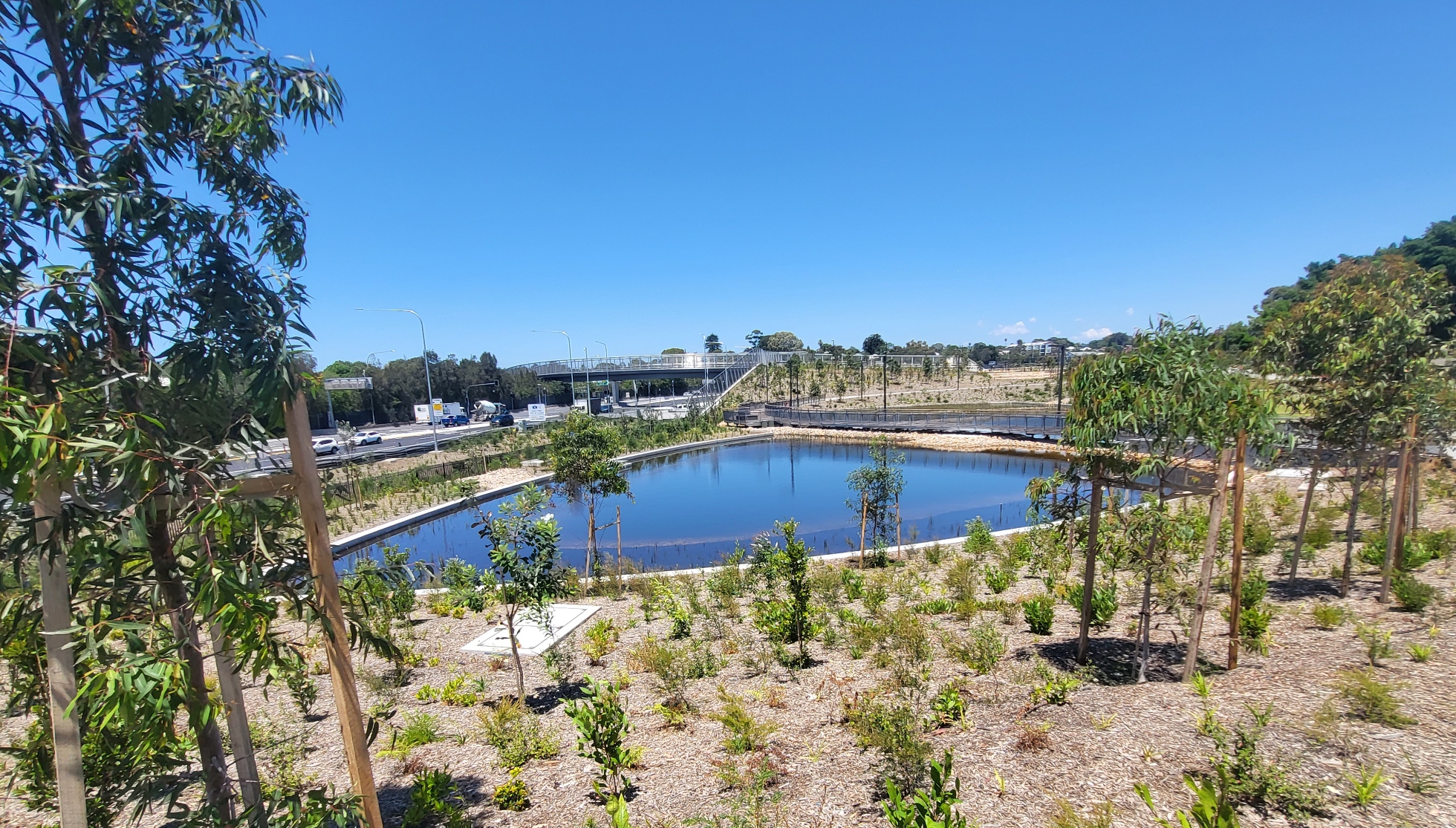
Meet the ‘broken hipsters’
They’re older, wealthier, and more discerning. They enjoy extra leisure time as they start to reduce their work hours or retire. And they want the city’s amenities at their fingertips.
Meet the so-called ‘broken hipsters’.
The return of empty-nesters from the suburbs to the city is not a new phenomenon. With the kids out of home and a lifetime of savings in the bank, baby boomers are increasingly choosing to relocate to inner-urban areas close to shops, bars and cafes, and the buzz of city life.
That has implications for the planning and design of our cities, a Sydney audience heard last month. Brent Toderian, formerly the chief planner of Vancouver, was invited to speak on the benefits of good design at a symposium hosted by the City of Sydney.
“The boomer generation is as interested in these positive urban elements as the younger generation,” he said, referencing a term coined by others: ‘broken hipsters’.
As a group, they appreciate the advantages of urban density and seek out the lifestyle benefits it offers.
“The millenials, as a demographic, get this: they don’t need to be convinced. Increasingly the older generations get it too.”
Figures published last year by US newspaper the Wall Street Journal showed the trend is well advanced in North America, with more and more over-55s living in condos and co-ops downtown. And it’s having a profound impact on what is considered to be the traditional demographic of inner-city dwellers.
“They’re causing an economic problem for the millenials because they’re pricing up the market,” Mr Toderian told his Sydney audience. “The boomers have all the money.”
Jeannette Walsh, 63, and her partner Ross moved from Newcastle to the inner-Sydney suburb of Ultimo five years ago. As well as tiring of the commute to Sydney, Ms Walsh said the lifestyle and amenities were what attracted the couple to Ultimo.
“We can walk into the city, I walk to work [and] we’re close to Newtown, Glebe and the city itself,” she said.
“We can go very easily to concerts and the art gallery and movies, eating out. It’s a lifestyle that we both enjoy.”
Mums and dads are also raising their children in the inner city, he said, disproving the old notion that downtowns “virtually repel families”.
Despite the market’s shifting preference toward the inner city, Mr Toderian reminded the audience most growth will still happen on the suburban fringe.
“The truth is – the success or failure of our city regions and ultimately our survival as human beings depends on how we design our suburbs,” he said, stressing that Vancouver’s decision not to build freeways was pivotal in its suburban development.
In her opening remarks, Lord Mayor Clover Moore delivered a strong endorsement of urban consolidation, arguing that urban sprawl is incompatible with combating global warming and protecting Sydney’s food basin.
“Our only hope for a sustainable future depends on putting an end to urban sprawl, increasing densities, and building cities that are livable and appealing, with amenities that people want and transport they need,” she said.
Cr Moore identified the City’s projects at Green Square, Harold Park and Ashmore Estate as contributing positively to density and urban renewal.









